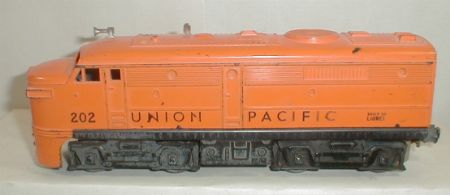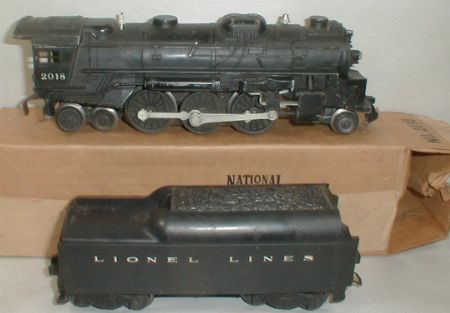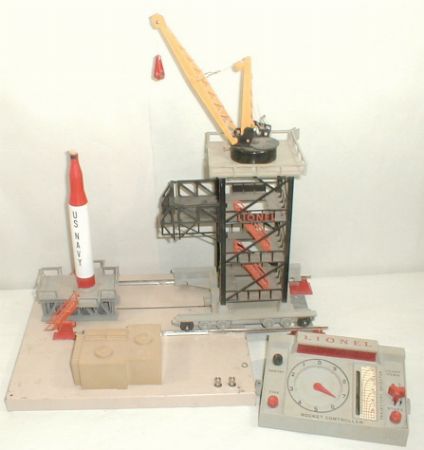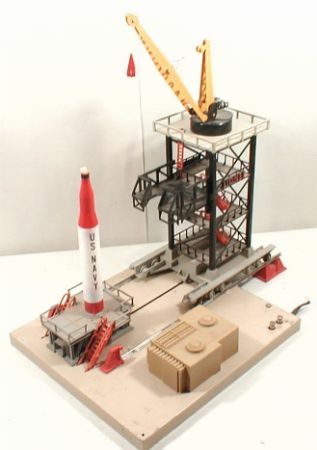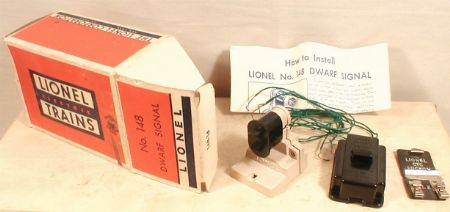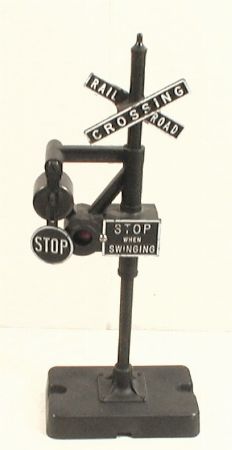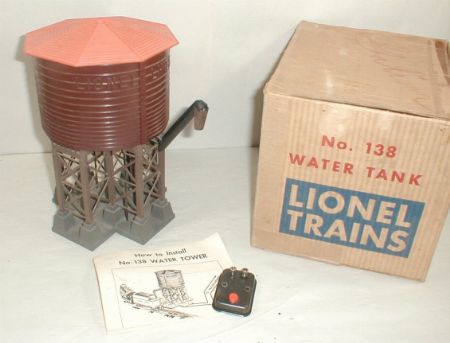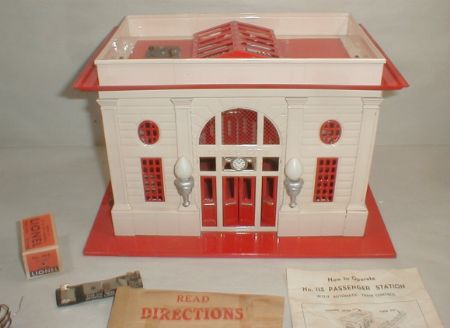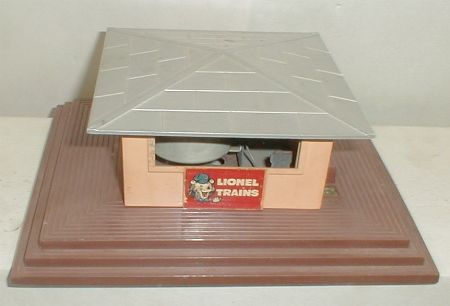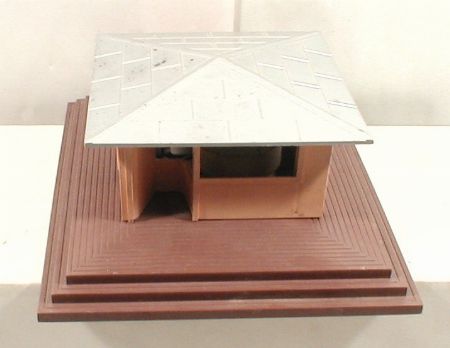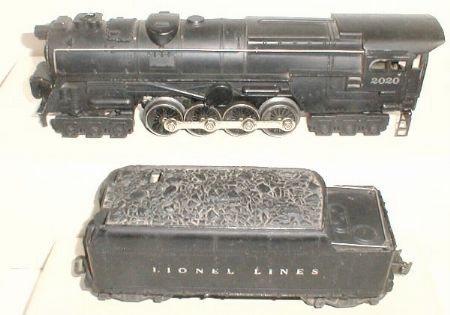
The 2020 is an o27 version of the 671 steam turbine. The only difference between a 671 and a 2020 is the number on the side. Lionel only sold the 027 turbines in sets, while the 0 gauge locos were available separately.
The 2020 always came with the derivative of the 2666T plastic tender. The tender number depending on the year could be 2466W, 2020W or 6020W. The turbine always had a whistle tender.
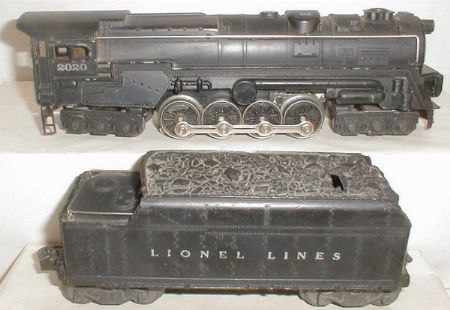
The earliest versions of the 2020 had double worm gear drive and smoke bulbs. Later 2020 locos had single worm gear drive and heater element smoke units.
The 2020 smoke bulb assembly is shown below:
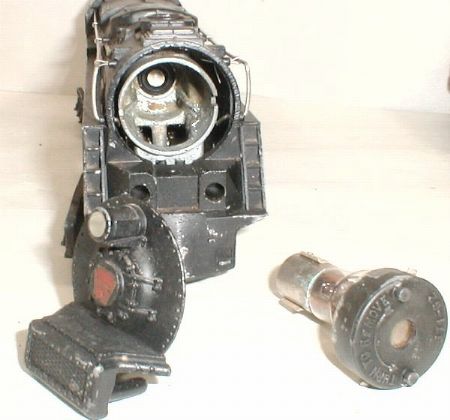
Collectors prefer the earlier smoke bulb versions of both the 2020 and the 671, but the later versions run better. The 027 turbine did not receive Magnetraction and was discontinued in 1949.
This is a very common loco and is readily availible today. The later turbines with smoke heaters are great runners and every operator should have one.
I once ran a 671 Turbine in a Christmas display It ran around an oval for 10 to 12 hours a day for 39 days. I had to go over and put new brushes in it every few days, but otherwise it was fine. The loco went over 1300 actual miles!
